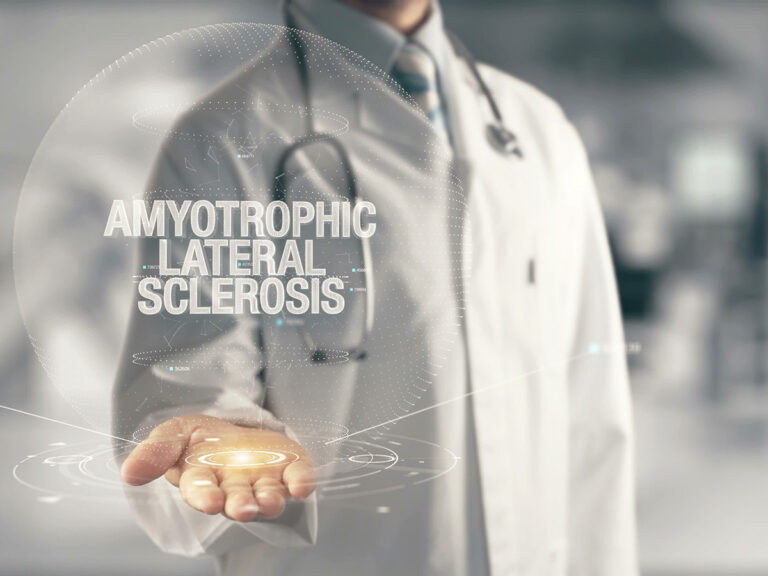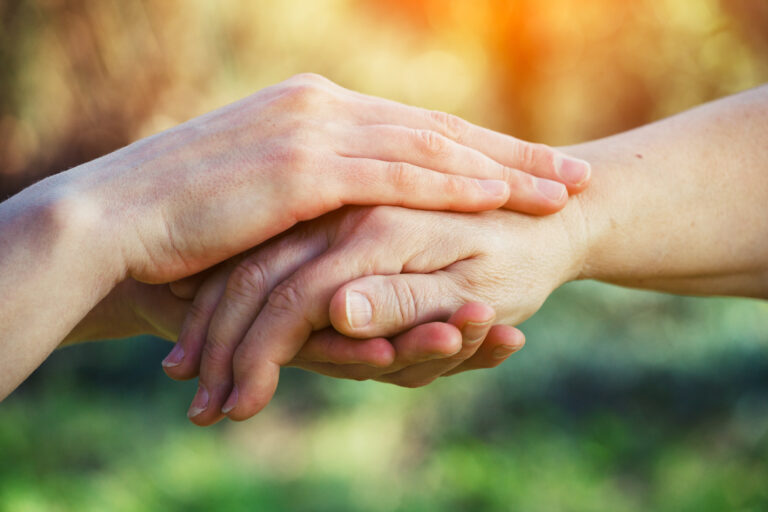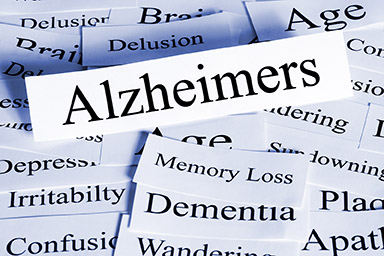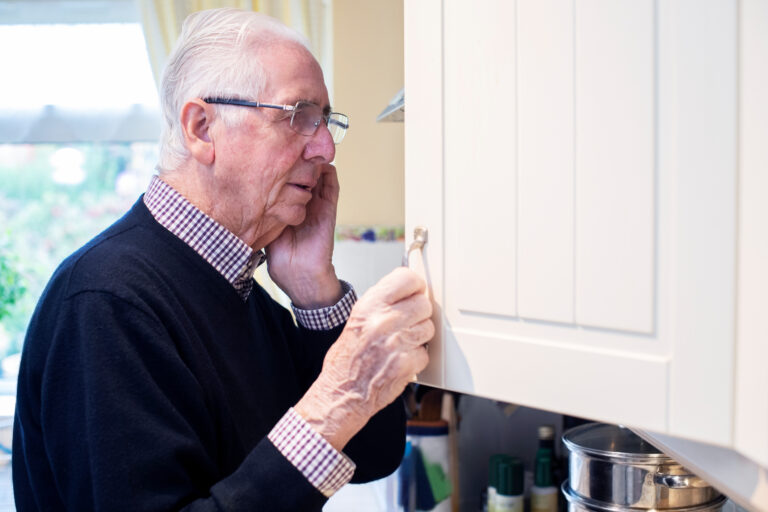Facing the end of life, whether for yourself or a cherished individual, can be an intimidating and bewildering experience. The term “actively dying” may have crossed your path, but its true significance might remain unclear. This article delves into the precise definition and sheds light on how to identify the signs of actively dying.
We’ll help you understand and identify the stages of death, including the signs 40 days before death and the last 24 hours before death. In addition, we provide guidance on offering the right kind of support for a loved one in their active dying process, and coping with the profound grief that naturally accompanies this phase of life’s journey. This comprehensive exploration aims to provide clarity and solace during this challenging time.
What Does Actively Dying Mean?
“Actively dying” is the final stage of life, during which a person’s bodily functions gradually begin to cease. Though the active dying timeline varies, this stage usually lasts between a few hours to three days. You may notice increased anxiety, restlessness, and even hallucinations at this time.
End-of-Life Signs and Symptoms
When a loved one is actively dying, it’s often hard to sort out your emotions and even more difficult to know what to expect. The signs someone is dying and the point those signs appear will vary from person to person, depending on factors including their medical condition and age.
For adults, the signs of actively dying typically include:
- Pain
- Difficulty breathing
- Fatigue
- Reduced appetite
- Anxiety, confusion, or depression
- Decreased blood pressure
Are you or a loved one living with a chronic or terminal illness?
The Sage Family of Companies is here to help.
Are you or a loved one living with achronic or terminal illness?
The Sage Family of Companies is here to help.
End-of-Life Stages (40 days to 24 hours before death)
Symptoms can vary during the different stages of dying. Here is a general timeline of the stages of death and the clinical signs and common symptoms of dying associated with each.
Early Signs (40–14 Days Before Death)
Your loved one may display the following signs during the pre-active stage of dying as early as 40 days before death, and up to 2 weeks before death.
In one 2018 article published in BMC Geriatrics, participants described the early stages of dying as small, subtle changes, including:
Lack of Interest in the Surrounding World
When your loved one begins actively dying, they may wish to shield themselves from the world and other people in varying ways. They may start to talk about past life experiences, such as in their childhood. Some people may prefer fewer visits from family, friends, and loved ones, or look forward to visits less.
They may prefer to eat meals in their room, become less talkative, or wish to be left alone. They may show a decreased interest in pastimes like exercise, reading, or watching television.
Low Mood
In older people, a common sign of early-stage death is becoming depressed or irritable. They may no longer care about being involved in decisions affecting their daily life. Some patients may wish to leave these decision-making responsibilities entirely to their care team.
Increased Sleep
As fatigue worsens, your loved one may want to lie down and rest more, such as after completing their morning routine. It may also become difficult to wake an older person from sleep, either in the morning or after resting during the day.
Increased Confusion
As they approach active dying, your loved one may suddenly begin to behave differently and express themselves in new ways. They may seem a little “off.” They may appear to be unsure of themselves, others, or their surroundings.
Reduced Physical Ability
Some patients may become weaker and tend to fall more, even if they weren’t historically prone to falling. They may experience a decline in function and the ability to perform typical daily tasks like dressing themselves, standing up, or brushing their teeth.
Decreased Appetite
As the end of life approaches, your loved one may eat smaller portions, or may have no interest in eating whatsoever. This happens because of a slowdown in gastrointestinal function and digestion. They may also lose weight as a result of these changes.
Thinning Skin
Your friend or family member’s skin may become thinner. This is because the body finds it more difficult to regenerate skin cells when the organs no longer function as they used to.

Late Stage Signs of Dying (Around 48 Hours Before Death)
At this stage, the body gradually begins shutting down. This is known as actively dying. At 24-48 hours before death, signs of this gradual decline in physical function include:
Reduced Circulation
Blood pressure continues to drop and heart rate slows, decreasing circulation. Because of this, limbs, hands, and feet will feel cool to the touch. This decrease in circulation may cause changes to skin color. Your loved one may appear to have mottled skin before death, and their skin may appear blue or purple.
Anxiety and Worry
Your loved one may experience more fear, which can masquerade as anger, irritability, or frustration. Many are less able to talk during the active dying stage, so they may try to express themselves non-verbally, through body language, gesticulation, or making noises.
Restlessness
In the final days and hours before death, your friend or family member may show signs of mental and physical restlessness, which healthcare professionals often call “terminal restlessness.” They may shout or lash out.
Hallucinations
Some patients who are actively dying may experience hallucinations near the end of their life. They may or may not be able to communicate what they’re seeing or hearing while hallucinating. Some people may experience this without telling others. Meanwhile, some may describe what they see, speak to someone who isn’t there, or talk incoherently.
Stopping Eating and Drinking Completely
People typically refuse food entirely as their digestive system slows down completely. Even fluid intake will be minimal as the body no longer requires fuel like before, due to reduced organ function.
If your loved one can’t or won’t drink fluids, this may make it impossible to take medicines orally, so they may require injections instead. However, medical professionals generally agree that people don’t seem to suffer due to lack of eating and drinking at this stage.
Last 24 Hours Before Death
This is the final phase of dying, during which the signs of physical decline become more pronounced, including:
Vital Signs Fading
Body temperature and pulse slow way down, and senses may seem diminished. Your loved one may not hear or see as well. They may be unresponsive when others try to talk to them.
Changes in Breathing
Breathing becomes less regular. Patients may develop something known as Cheyne-Stokes breathing — alternating between periods of shallow breathing and periods of deeper, faster breathing, sometimes followed by a pause before breathing resumes.
The volume of their breath may increase too, due to mucus buildup. With healthy, normal breathing, people expel the mucus that the body naturally produces by coughing. During actively dying, this mucus can build up and cause a rattling sound, sometimes called a “death rattle.”
Loss of Consciousness
Your friend or family member may become progressively more drowsy and may drift in and out of consciousness before losing consciousness completely. Their eyes may appear glassy or glazed-over. At the moment of death, their breathing will stop and they’ll no longer have a pulse or measurable blood pressure. If their eyes are open, their pupils will be dilated. At this point, they have passed away.
Are you or a loved one living with a chronic or terminal illness?
The Sage Family of Companies is here to help.
Are you or a loved one living with achronic or terminal illness?
The Sage Family of Companies is here to help.
When to Call Hospice Care
Your loved one will generally be eligible for hospice care if their physician diagnoses them with a terminal illness with less than six months to live, assuming the disease progresses as expected.
Hospice care is covered completely by most private insurance companies as well as Medicaid and Medicare. That means hospice care services are generally provided at no cost to the patient or family.
It may be time to contact hospice if your loved one experiences:
- Frequent hospital admissions or ER visits
- A noticeable change in their mental abilities
- Weight loss
- A decline in their ability to perform daily tasks like dressing, eating, or using the restroom
- Infections, cuts and bruises, or other signs of declining health
- Falling more than usual
If your loved one is in hospice care, never Call 911 or take them to the ER if they are displaying end of life symptoms. Call your hospice first. Your hospice can help to:
- Stabilize your loved one
- Authorize ER or hospital admission if necessary
- Provide comfort and expertise to reduce distress
Without prior approval, a patient in the ER will be 100% responsible for all costs relating to their hospital stay. This includes ER and hospital fees, diagnostic tests, medications, and ambulance charges, so always call your hospice provider first when someone is nearing the end of their life.
Read our article, When is Hospice Recommended? 8 Signs it’s Time to Call Hospice for more support.
How Hospice Care Can Help
When beginning hospice care, your loved one will receive support from a specialized care team. This may include physicians, nurse practitioners, social workers, and chaplains or other religious officials.
The hospice care team can support patients’ physical, mental, emotional, social, and spiritual needs. These may include:
- Making your loved one is as comfortable as possible
- Administering pain relief medications or other drugs
- Ensuring all necessary medical equipment is available
- Helping them address mobility issues or trouble sleeping
- Helping them enjoy the time they have through activities and special days
- Educating patients and families on grief and the dying process, and helping them come to terms with their loss
- Helping patients and their families achieve emotional closure, and discussing subjects such as regrets, forgiveness, and saying goodbye
- Helping to facilitate any religious rituals, rites, or spiritual practices in accordance with the patient’s beliefs and wishes
How to Help a Loved One Who is Actively Dying
You can help with providing both physical and emotional comfort for a loved one who’s actively dying. Ways to provide physical comfort include:
- Helping them stay hydrated
- Changing their positioning regularly to prevent bedsores
- Changing their bedding
- Helping to create a quiet, peaceful environment in their room, blocking out loud noises, and adjusting lighting
- Letting them sleep if they want to
Ways to provide emotional and spiritual support include:
- Encourage conversation if they want to talk. Listen attentively, but avoid raising topics that could cause distress.
- Make physical contact by holding their hand or lightly touching their shoulder.
- Speak directly to your loved one, not about them. Assume they can hear you, even if they’re unresponsive.
- Identify yourself when entering or leaving the room.
- Quietly play their favorite music.
- Respect their thought process. Don’t interrupt, ignore, or dismiss the things they say. If they’re confused, stay calm. If they’re seeing or talking to someone who isn’t there, allow them to continue.
- Tell them you love them.
- Don’t deny the reality of the situation. Let them say goodbye if they want to. This can provide them and you with closure and peace of mind.
Think about your loved one’s spiritual or religious wishes. If you wish to bring in an appropriate religious official or spiritual adviser, your hospice care team should be able to help.
Coping While Your Loved One is Actively Dying
The feelings of anxiety and grief people experience before their loved one is gone are called anticipatory grief. These feelings are perfectly normal. The following strategies can help you deal with them:
- Find someone to talk to about your feelings. This could be a counselor, friend, family member, or therapist.
- Record your feelings in a journal to help you work through them.
- Try to maintain a healthy, balanced diet.
- Limit caffeine and alcohol.
- Exercise to reduce stress.
- Meditate.
- Try to stick to a sleep schedule.
- Talk to your doctor about any symptoms affecting your sleep, mood, or appetite.
- Don’t try to hide from or run from your feelings. Take quiet time to give yourself space to feel them. Letting yourself feel your feelings can help you process them and make you feel better.
Conclusion
If you or a loved one are facing the later stages of terminal illness, it’s important to understand what the final stages of the dying process will be.
Knowing what to expect can provide reassurance and clarity during this difficult time. This can reduce confusion and uncertainty and help you or your loved ones through the last stages of actively dying.
Remember that, like dying, grief is a process. The best thing to do is to acknowledge your feelings without resisting them. Give yourself the time you need to sit with your grief.
Your hospice team will be on hand to support you and your loved one throughout the journey to the end of life with dignity, comfort, and empathy every step of the way.
Article Resources
- Changes in the last hours and days. (2020).
- Clinical changes in terminally ill cancer patients and death within 48 h: when should we refer patients to a separate room? (2013).
- Concepts and Definitions for “Actively Dying,” “End of Life,” “Terminally Ill,” “Terminal Care,” and “Transition of Care”: A Systematic Review. (2014).
- Early and late signs that precede dying among older persons in nursing homes: the multidisciplinary team’s perspective. (2018).
- End of life care. (2023).
- Grief before death – understanding anticipatory grief. (2022).
- The physical process of dying. (2021).






